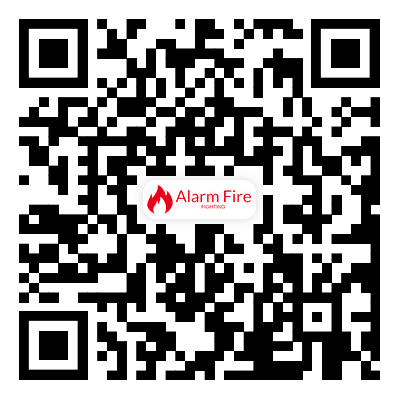When should you not use a fire hose?
2024-01-16
A fire hose is a critical tool for firefighting, but there are situations where using a fire hose may not be appropriate or effective. Here are some scenarios when you should not use a fire hose:
1. Electrical Fires: Water is a conductor of electricity, and using a water-based fire hose on electrical fires can lead to electrical shock or other hazards. In such cases, dry chemical or carbon dioxide extinguishers are more suitable.
2. Oil or Grease Fires: Water should not be used on fires involving flammable liquids such as oil or grease. Water can cause the liquid to spread, leading to an increased fire risk. Instead, use a Class B fire extinguisher designed for flammable liquid fires.
3. Chemical Fires: Fires involving certain chemicals may react adversely to water, producing toxic fumes or increasing the intensity of the fire. It's crucial to use the appropriate extinguishing agent for chemical fires, which may include dry chemical or foam extinguishers.
4. Metal Fires: Water is generally ineffective in extinguishing fires involving metals such as magnesium or sodium. Specialized dry powder extinguishers designed for metal fires should be used.
5. Kitchen Grease Fires: Water should not be used on fires caused by burning cooking oils or fats. Instead, a fire blanket or a Class K fire extinguisher designed for kitchen fires should be used to smother the flames.
6. Combustible Metals: Fires involving combustible metals like lithium or titanium require specialized extinguishing agents. Water can react with certain metals, potentially intensifying the fire.
7. In Confined Spaces: In confined spaces, the force of a fire hose can cause objects to become projectiles or create dangerous conditions. In such situations, smaller handheld extinguishers or other firefighting methods may be more appropriate.
8. When Escape Routes Are Compromised: If using a fire hose jeopardizes escape routes or places individuals at risk, alternative firefighting methods or evacuation should be prioritized.
9. Strong Winds: In windy conditions, using a fire hose may be challenging as the wind can affect the direction and effectiveness of the water stream. Wind-driven fires may require different firefighting tactics.
10. In Freezing Temperatures: Water in fire hoses can freeze in extremely cold temperatures, rendering the hose ineffective. In such cases, other firefighting methods or specialized equipment may be necessary.
It's essential to assess each fire situation carefully and use the appropriate firefighting methods and equipment based on the type of fire and the specific circumstances. Additionally, following proper training and protocols is crucial for effective firefighting and safety.


